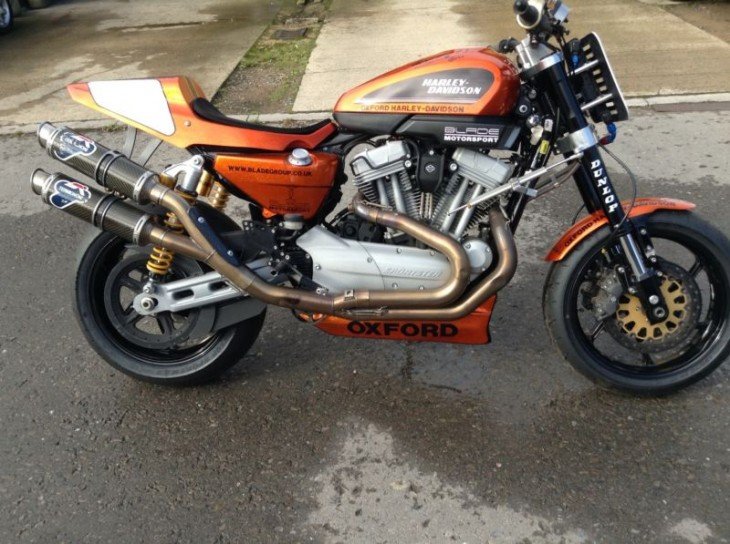The swingarm on any production motorcycle is welded up of some combination of stampings and extrusions and castings with some simple machined parts involving where the swingarm pivot bearings and suspension linkage have to attach. Regarding the distance between swingarm pivot and axle center-line, it is not held to CNC-machining accuracy, it is production-welding-fixture-and-clamps accuracy.
Likewise ... the engine mounts (which is where the other sprocket is attached). You are not dealing with machined datum surfaces. You are dealing with clearance holes in the chassis for the engine mount bolts. They intentionally have a little bit of wiggle room in them to facilitate assembly.
All this means ... is that with conventional manufacturing methods, the dimension between the transmission output shaft and the rear axle center-line is not held to CNC-machining dimensions, it is held to production-welding-fixture dimensions - probably give or take a millimetre or two when you account for all the tolerance stack-ups.
"Could" you make those parts with machined datum surfaces to achieve CNC-machined accuracy so as to not need any means of adjustment? Sure, but it would cost more than providing a slotted hole and jack-screw for the axle (conventional axle adjustment) by a long shot. And it would screw up people who want to change the final drive ratio.
Thank you. I was thinking about bringing up those points but people were having a hard enough time with how changing the final drive ratios on sprocket driven systems the distance between the sprockets has to change to maintain proper slack.......unless you get really lucky or run a ratio that works, but isn't near what you're trying to achieve.

























